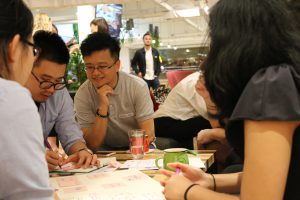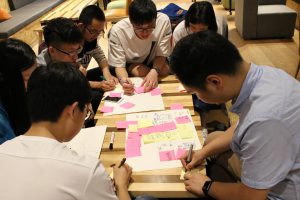Last Saturday, we kicked off the first phase of our upcoming Target hackathon this June 2-3 where five student teams from leading Chinese, and one from the US, will spend 24 hours working to design an APP that will help migrant worker parents to stay better connected to their left-behind children.
These training sessions act to engage the students in the challenge and to get them thinking more deeply about the design process. By meeting their team mentors from design and technology industries at the training, students are able to get guidance and insights from industry experts, which they can then incorporate into their research. In the lead up to the hackathon, student teams will be getting out in the community to interview their focus user groups in order to better understand their needs.
Together with their mentors, university teams from Shanghai Jiaotong University, Shanghai Fudan University, the University of Shanghai for Science and Technology, Shanghai Tongji University, NYU Shanghai and the University of Notre Dame, will work on three main aspects:
- Create the app services and functions
- Propose a strategy to attract the focus user group
- Design the app features – what will it look like?
Designing for a social purpose
The challenge isn’t just about design and creation, though. As Richard Brubaker, founder of Collective Responsibility, pointed out, “with the mass movement over the past 40 years of millions of migrant workers from rural China areas to find work in cities, it has never been more important to address the left-behind children issue.”
With a generation of Chinese children growing up without the emotional and psychological support from their parents who work away, there is a huge need to find innovative solutions to bridge the communication gaps faced by China’s migrant worker families. “We want to know what are the current communication obstacles facing migrant worker parents, their left-behind children, and the people who look after their children?” he said, “so that we can better leverage existing technology to design a service app that meets the reality of the daily lives of these people.”
Rex He, Senior Director of Target, built on this point during his introduction to Target, the second-largest US retailer. “Target has done much to help its employees improve the economic situation of their families by providing job opportunities to millions of Chinese,”
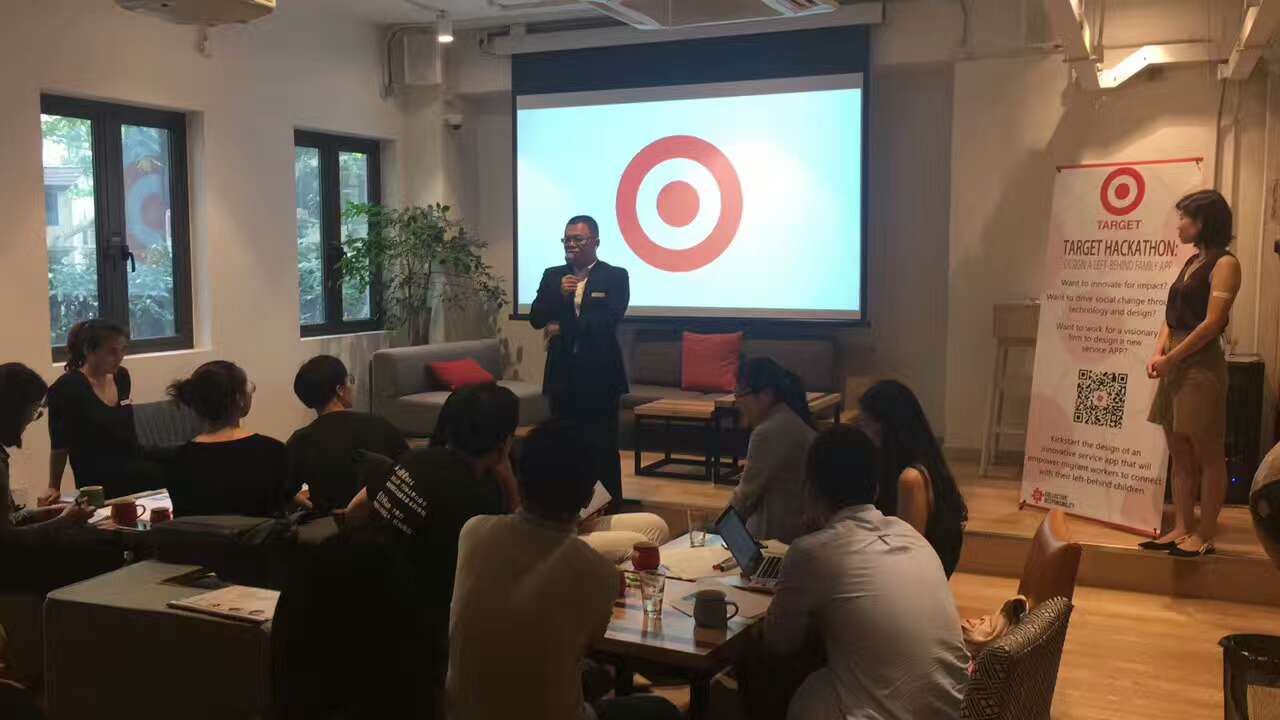
Connecting with the student teams on a person level, Mr He spoke of his experience working abroad for long periods away from his own daughter, who he referred to as a half-left-behind child, “I would fly back to Shanghai from working abroad and be on a plane out the next day, so I only got one evening with my daughter. In order to see me off to the airport the next day, my daughter would wake up at 4:30 am, and once even asked: “does my Dad like me?” Rex really brought the issue to a personal level to all in the room.
Mr He concluded his keynote by saying (to the teams) “We are looking for ideas, innovation, and action to improve the quality of life for our workers.”
Designing for Users
William Morris, Research Manager at Collective Responsibility inspired the students to get out from behind their desks and carry out user-centered research by conducting interviews and surveys with their chosen focus groups, be it migrant worker parents, left-behind children, or their grandparents who look after them. Giving tips on the design thinking process, Will stressed the point of balancing desirability, feasibility and viability when facing a new design challenge.
“If you design a product or app that has high desirability but no feasibility, then it’s not going to work. In this challenge we are focusing on the 28.6 million children who live without both parents, so how can we design in a way that meets their needs while keeping in mind business value and technological feasibility? This is the key to successful design.”
Meet the Mentors
During the training session, the student teams met their mentors, who will help guide them through the challenge over the next two weeks.

The six external mentors:
- Molly Jiang, Specialist Training & Capacity Building, ICTI Care
- Jack Niu, Partner, Let’s Make Great!
- Dounan Hu, Project Instructor at Le Wagon & CTO at Aihehuo
- Grace Guan, Political and Civil Society Officer, British Consulate General
- Bizhou Wang, Architect & Design Strategist
- Lester Yang, Regional Manager, Inno
A total of twelve internal mentors from the Sourcing and Responsible Souring departments of Target will also attend the hackathon. Every student team will have one external and two internal mentors to help guide and support them through the design challenge, sharing their industry knowledge and technical experience.
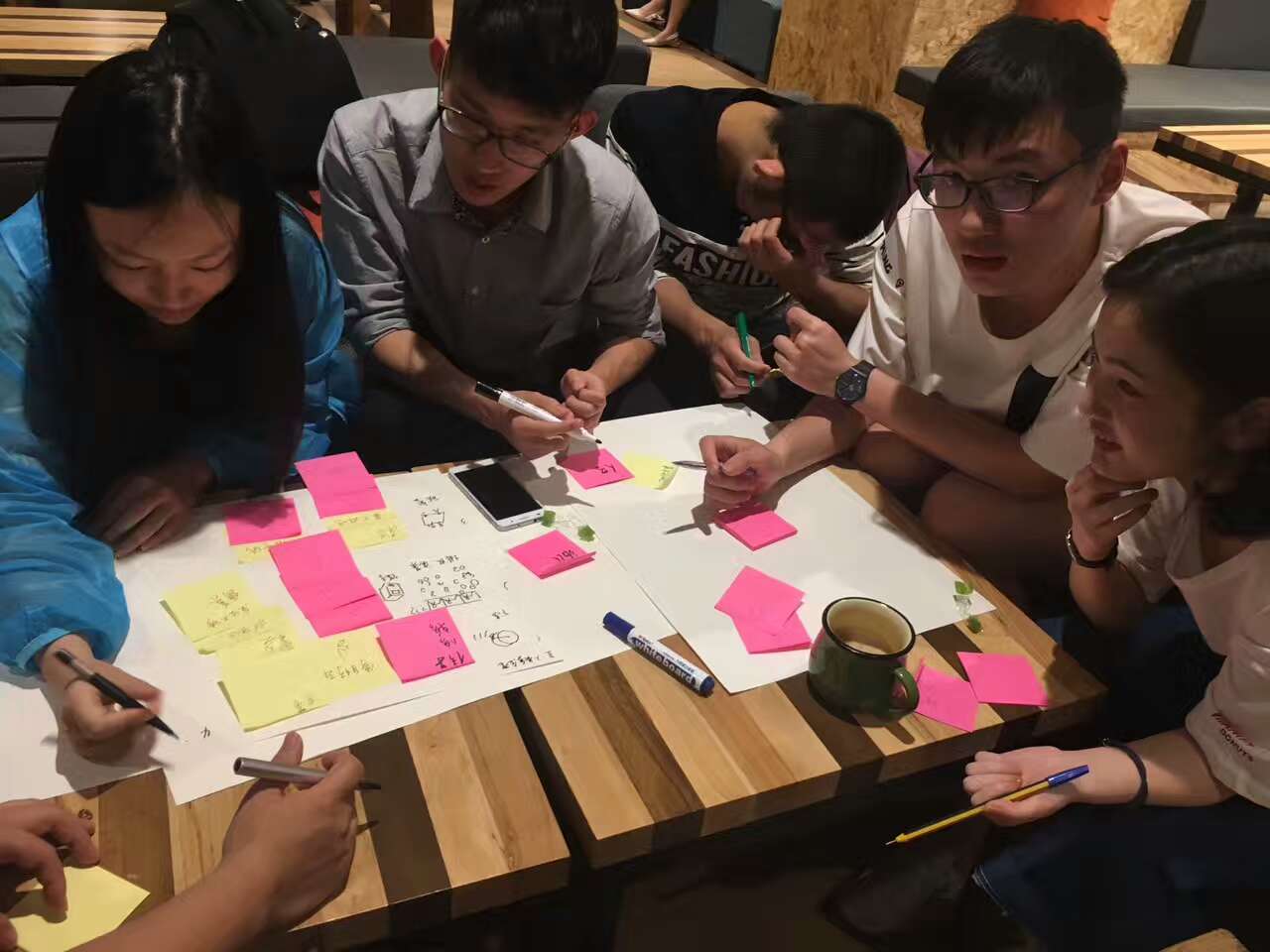
To close the training session, students were asked to put the design thinking process into action by doing a mini-challenge to design a new school canteen. By doing this, teams were able to think through their own user experience and the pain points related to it. By going through this process themselves, students are able to see the value in understanding their focus user group and designing with them in mind. With a time constraint of just 30 minutes, students worked with their mentors to brainstorm and propose solutions for a new and improved canteen user journey map, finishing with a timed 1-minute presentation of their designs!
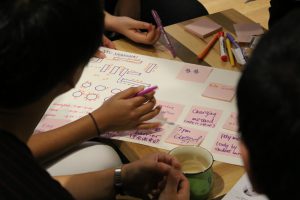
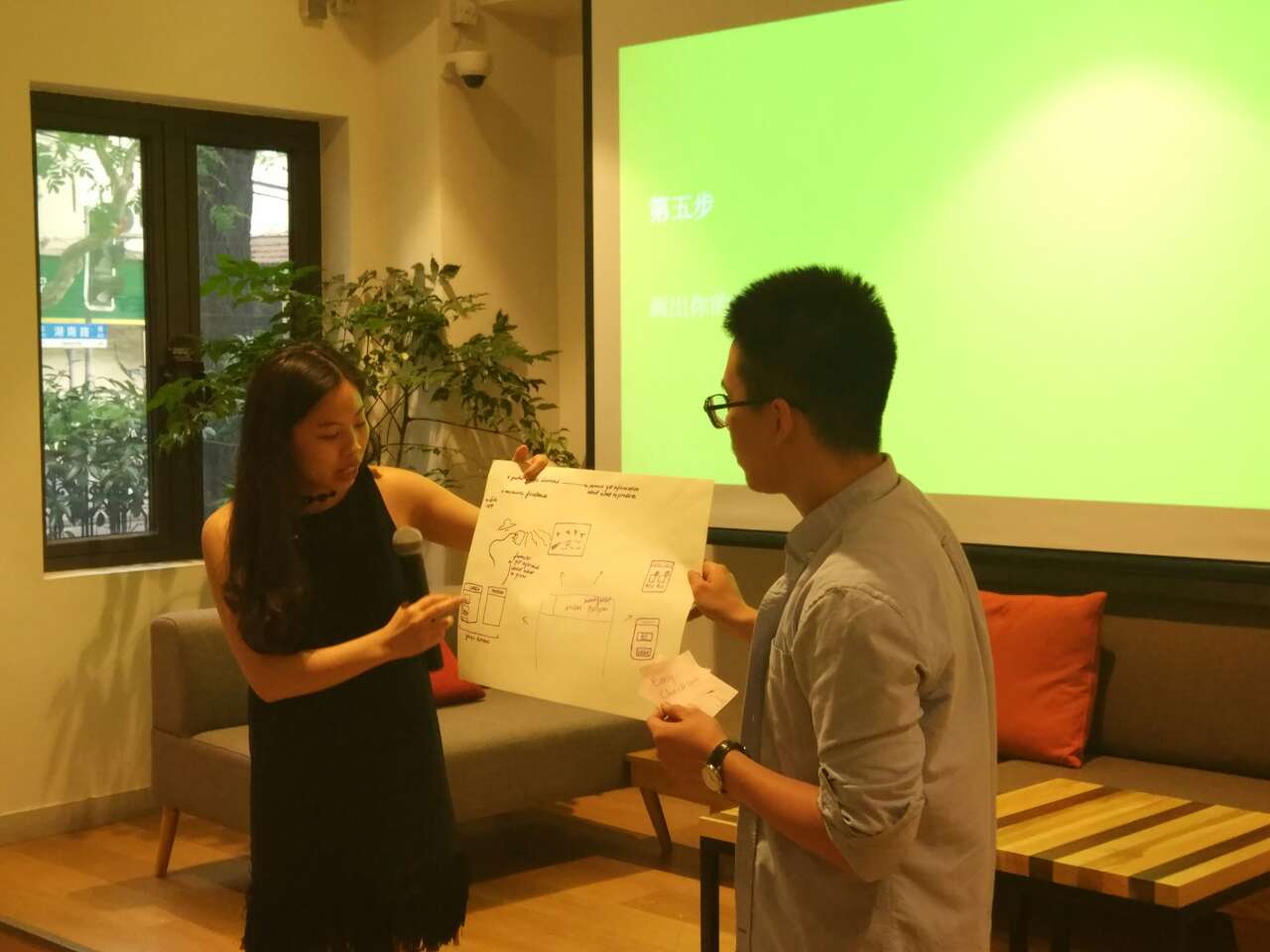
The Target Design a Left-behind Families App Hackathon is only two weeks away. To find out more about the event and delve into China’s migrant worker-related issues, check out some of our recent blog articles and follow us on social media to receive updates.

